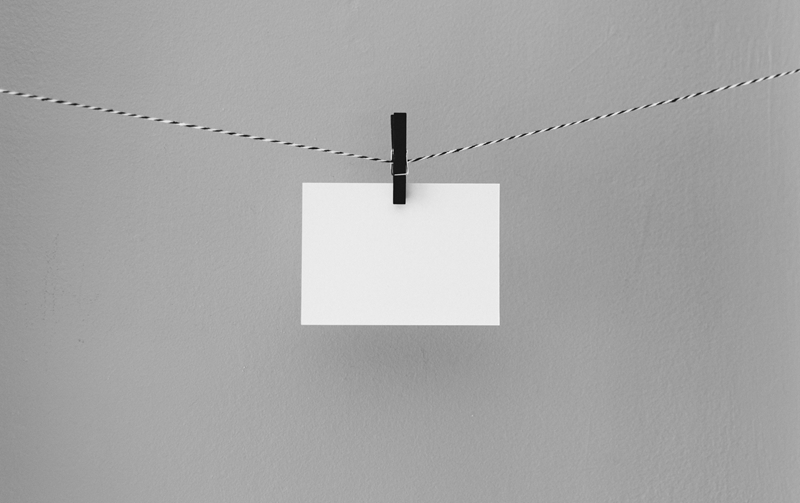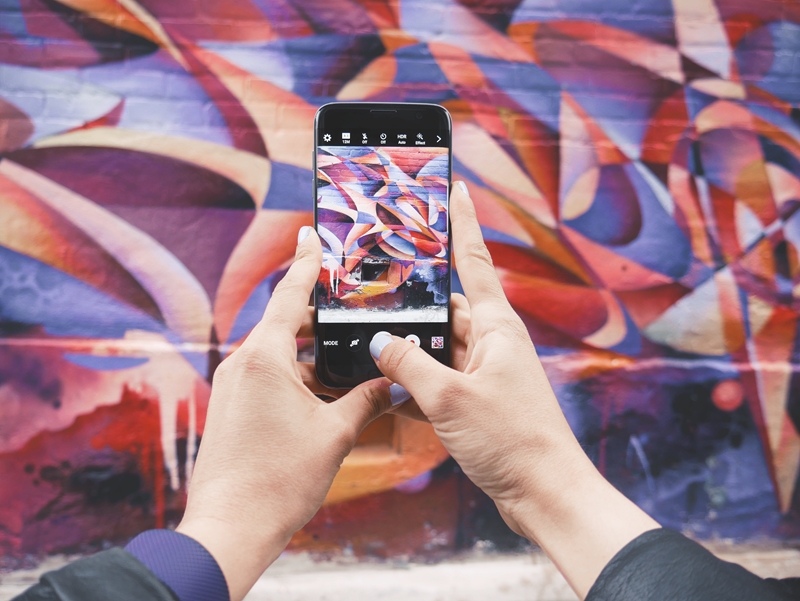
Lifestyle & Home OfficeBusiness
24 Oct,2018
In most cases this entirely depends on exactly what you're looking to print, be it high quality photos to display around your home, or more general word documents to file away. Whatever the purpose there's a paper type that will suit you best.
The first challenge for any perfect paper choice, is understanding exactly what the difference is between types. Here are some common terms that you need to understand to make an informed choice.

1. Weight and thickness
Paper weight and thickness, like it says on the tin, gives you the exact measurements of the paper in question.
Be slightly cautious when checking theses figures as there's not an exact correlation between paper weight and thickness.
2. Paper brightness (OBA)
The brightness of your paper, or to put it more accurately, how white your paper appears, varies across paper types. Paper in its natural state is a creamy or off-white colour, but can be made to appear pure white by adding Optical Brightening Agents (OBAs) during manufacture. OBAs are fluorescent chemical compounds that trick the eye into seeing a brighter white than would naturally appear. They do this by reflecting blue light off the paper, an effect created by absorbing ultraviolet rays and then releasing that energy over time as visible bluish light.
Brighter white paper is often favoured by photographers to create clear and precise images, however it's worth noting that OBAs break down over time. This means that while the ink itself won't degrade at all, the paper will eventually revert back to its natural off-white state.
You should be able to tell whether paper contains OBAs by looking at how the colour is described. Anything listed as bright-white will likely contain them whereas those listed as natural colour will be OBA free.

4. DMax
The DMax value of paper refers to refers to the shade of black that your paper is capable of displaying. Higher DMax values can render higher densities of black making your text or images more striking.
Paper designed specifically for photos should have a DMax value of 2 and over to allow for more varied shades. Matte paper, traditionally used for inkjet document printing, will typically have a DMax value of less than 2. This is because it's more absorbent and ink tends to spread out reducing the dot density.
4. Surface texture
This tends to only be relevant to those looking to print artwork. There's a great range of textures available from rough, textured to highly glossy.
Let's have a look at the paper types preferred for printing photos and documents.
Paper for photos
Printing photos is one of the more specialised printing tasks that you'll be doing with a home printer, and one where paper quality really makes a difference. Photo papers are designed to give you the highest quality image and bring to life the subject. There are various finishes that can help you to achieve this:

Paper for documents
Paper for documents is a slightly more straightforward business. This is largely because your choices will be within the matte spectrum and any variations will be on account of weight and brightness.
If you're looking for a high quality paper for your home printer, find your nearest Genuine Epson supplier For Australia | For New Zealand
Sign up to receive Epson's Latest News, Updates & Exclusive Offers
Welcome to Epson and keep an eye out for our latest updates and exclusive offers.
The webmaster has been notified about the problem.
You are providing your consent to Epson Australia Pty Ltd., so that we may send you emails with regards to interesting news, latest updates and exclusive offers.
You may withdraw your consent or view our privacy policy at any time.
Copyright © 2022 Epson Australia Pty Ltd, Trading as Epson New Zealand. All rights reserved EPNPRWEB03
